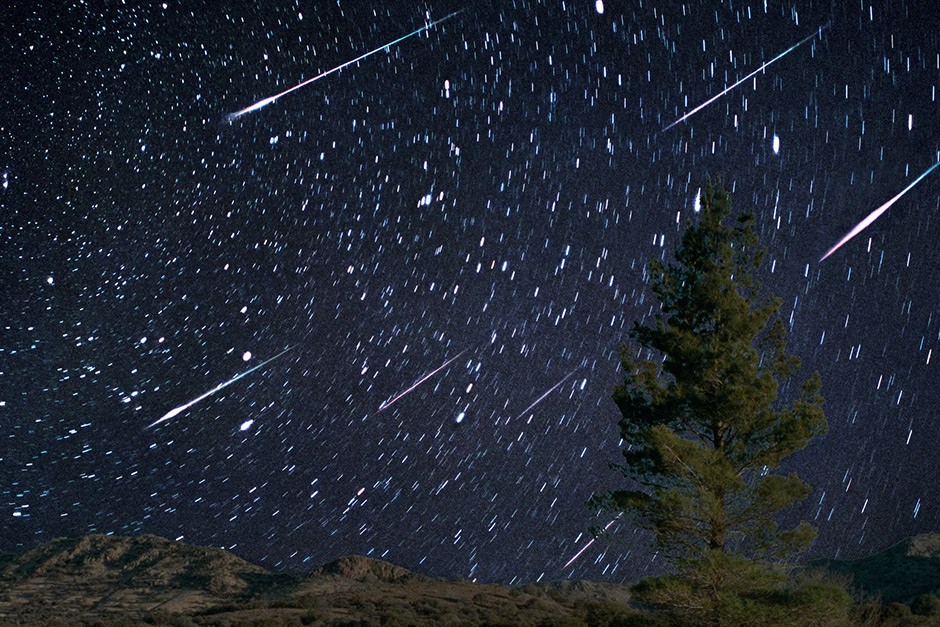Imagine this: you’re standing under the vast, inky canvas of the night sky, and suddenly, it’s not just a few twinkling stars. It’s a literal downpour of light, a celestial fireworks show so intense you can barely track individual streaks. We’re talking about something far beyond your typical meteor shower. We’re talking about a “meteor storm,” an event so rare and spectacular it’s rumored to deliver up to 40 shooting stars every single second. Yes, you read that right – forty. Per second. It sounds like something out of a science fiction movie, but these cosmic spectacles are very real, and they are utterly breathtaking.
What Exactly Is a Meteor Storm?
To understand a meteor storm, let’s first clarify what a meteor shower is. Most meteor showers occur when Earth passes through a relatively sparse stream of cosmic debris – tiny dust grains and pebble-sized bits – left behind by a comet. As these small particles hit our atmosphere, they burn up, creating the familiar “shooting star” streaks we love to wish upon.
A meteor storm, however, is a whole different beast. It happens when Earth encounters a much denser, more concentrated cloud of this cometary debris. Think of it like driving through a light drizzle versus suddenly hitting a torrential downpour. Instead of a few meteors per minute, the atmospheric entry rate skyrockets, delivering hundreds, even thousands, of meteors per hour. The “storm” moniker isn’t just poetic license; it accurately describes the overwhelming visual experience.
Why So Many, So Fast?
The intensity of a meteor storm comes down to the specifics of a comet’s orbit and Earth’s path through space. Comets, as they journey around the Sun, shed material – a continuous trail of gas and dust. Over centuries, these trails can become quite dense, especially closer to the comet’s nucleus or in specific sections of its orbit where fresh material has recently been released or accumulated. If Earth’s orbit intersects with one of these particularly thick sections of a comet’s debris trail, the result is a meteor storm.
Unlike a meteor shower, which might be an annual event as Earth crosses a predictable, broader stream, a meteor storm is often a rarer, more precise alignment. It requires Earth to pass through the very heart of a dense debris filament or a recently ejected cloud. The visual impact is profound. “It’s not just about seeing more meteors; it’s about the sky itself seeming to come alive,” says Dr. Elena Petrova, an amateur astronomer and keen sky-watcher. “The sheer volume of light streaks makes you feel incredibly small and connected to something vast and ancient. It’s a truly humbling experience that transcends typical stargazing.”
The Awe-Inspiring Reality
While meteor storms are rare, their memory lives on through historical accounts and the fortunate few who have witnessed them. These events serve as a powerful reminder of the dynamic, ever-changing nature of our solar system and the incredible spectacles unfolding just beyond our everyday vision. They are a vivid display of cosmic fireworks, completely natural and utterly stunning, reminding us that sometimes, the most extraordinary shows happen high above our heads, waiting for us to simply look up.
So, the next time you hear whispers of an impending meteor shower, remember that there’s an even grander, more intense phenomenon out there – the meteor storm – ready to unleash a cascade of light across the night sky, making 40 shooting stars a second a breathtaking, if rare, reality.




